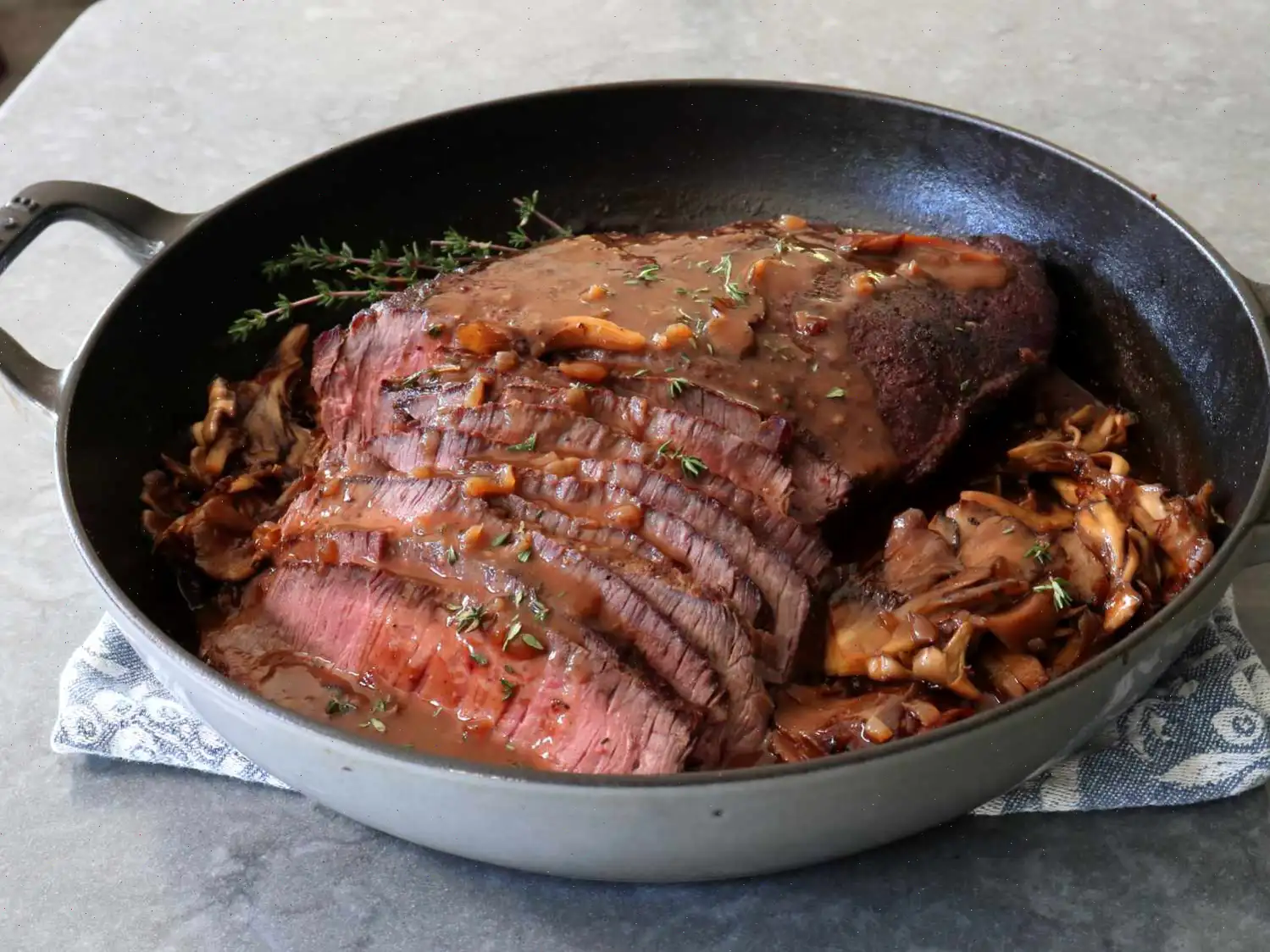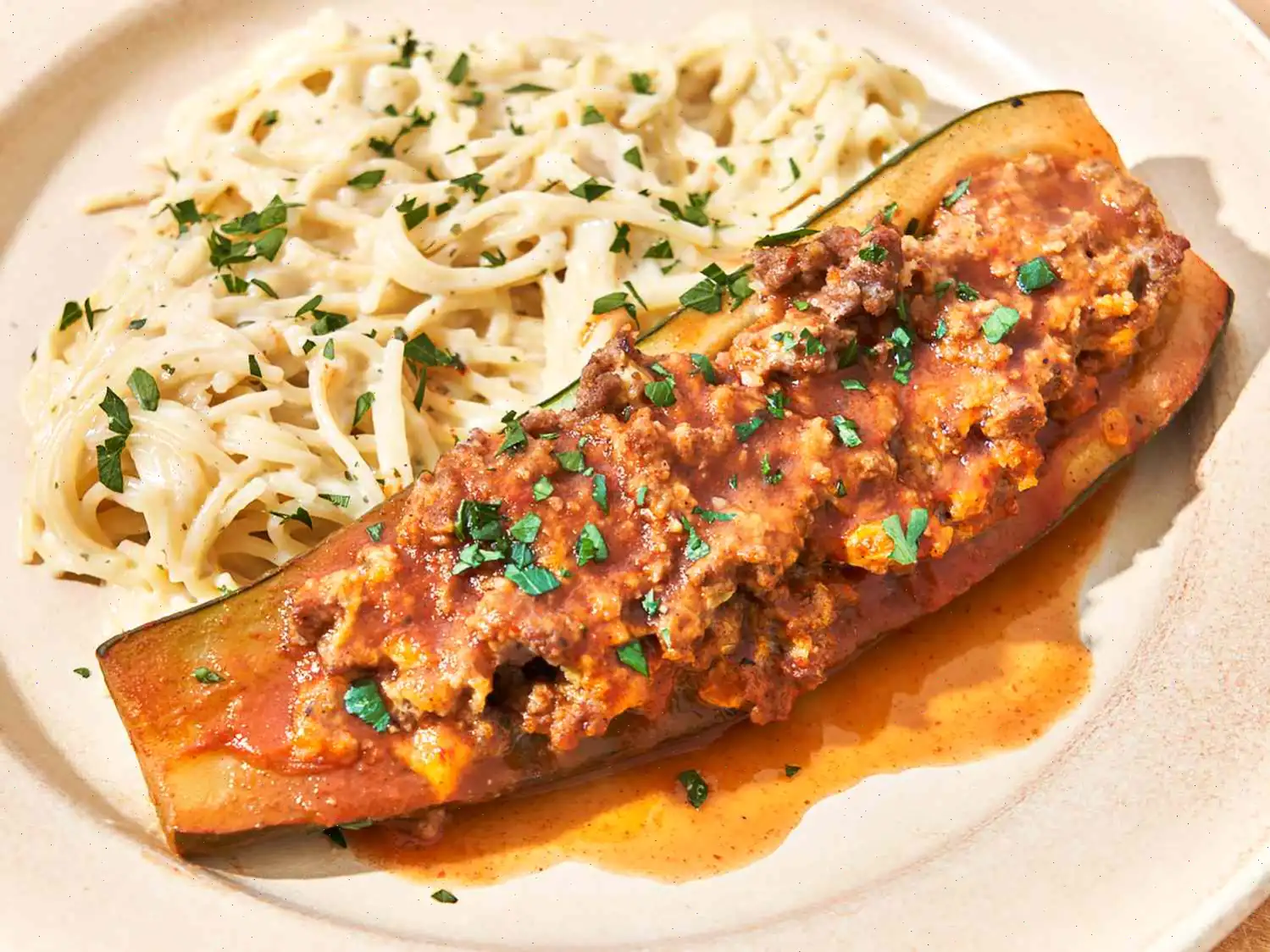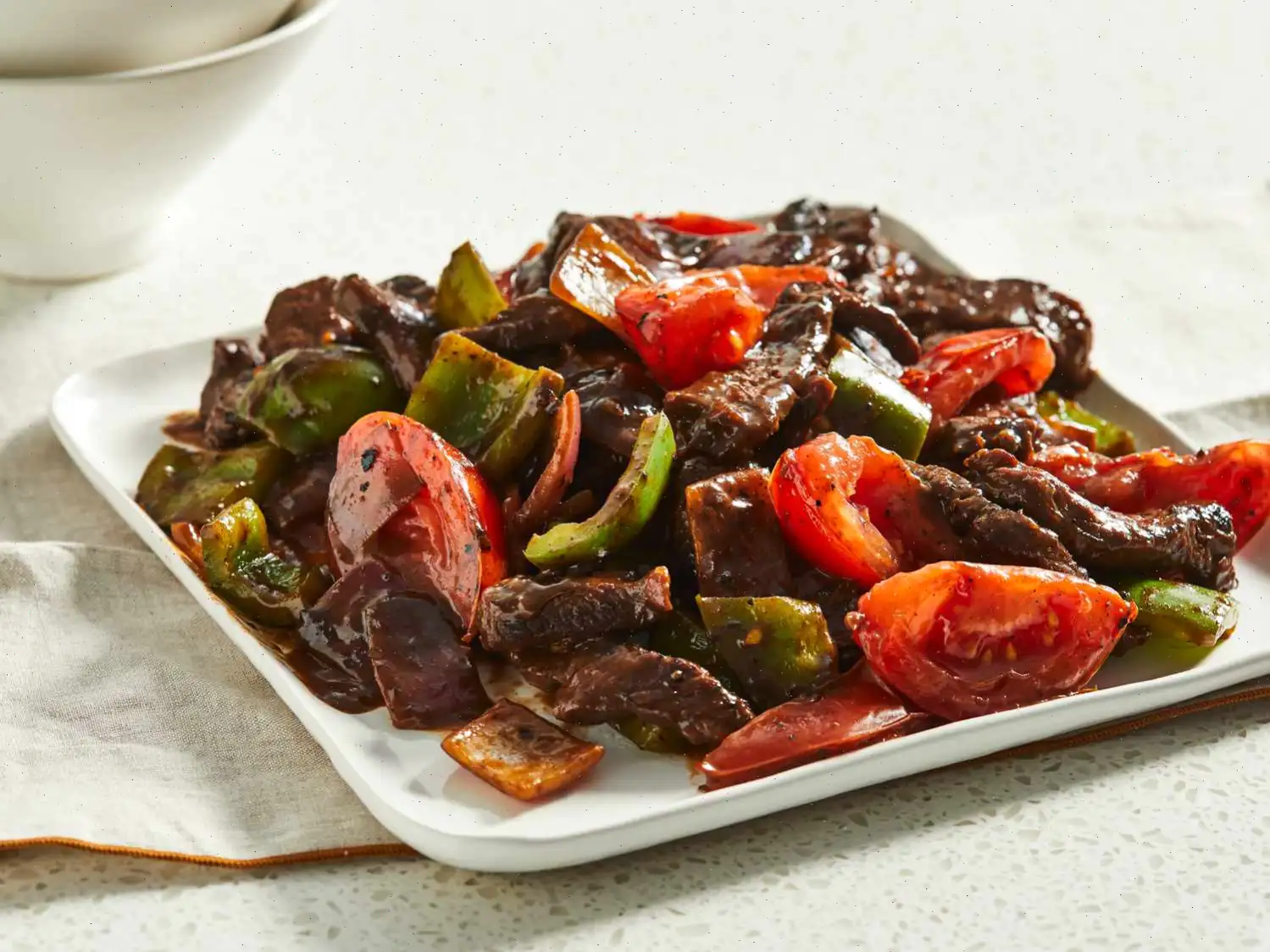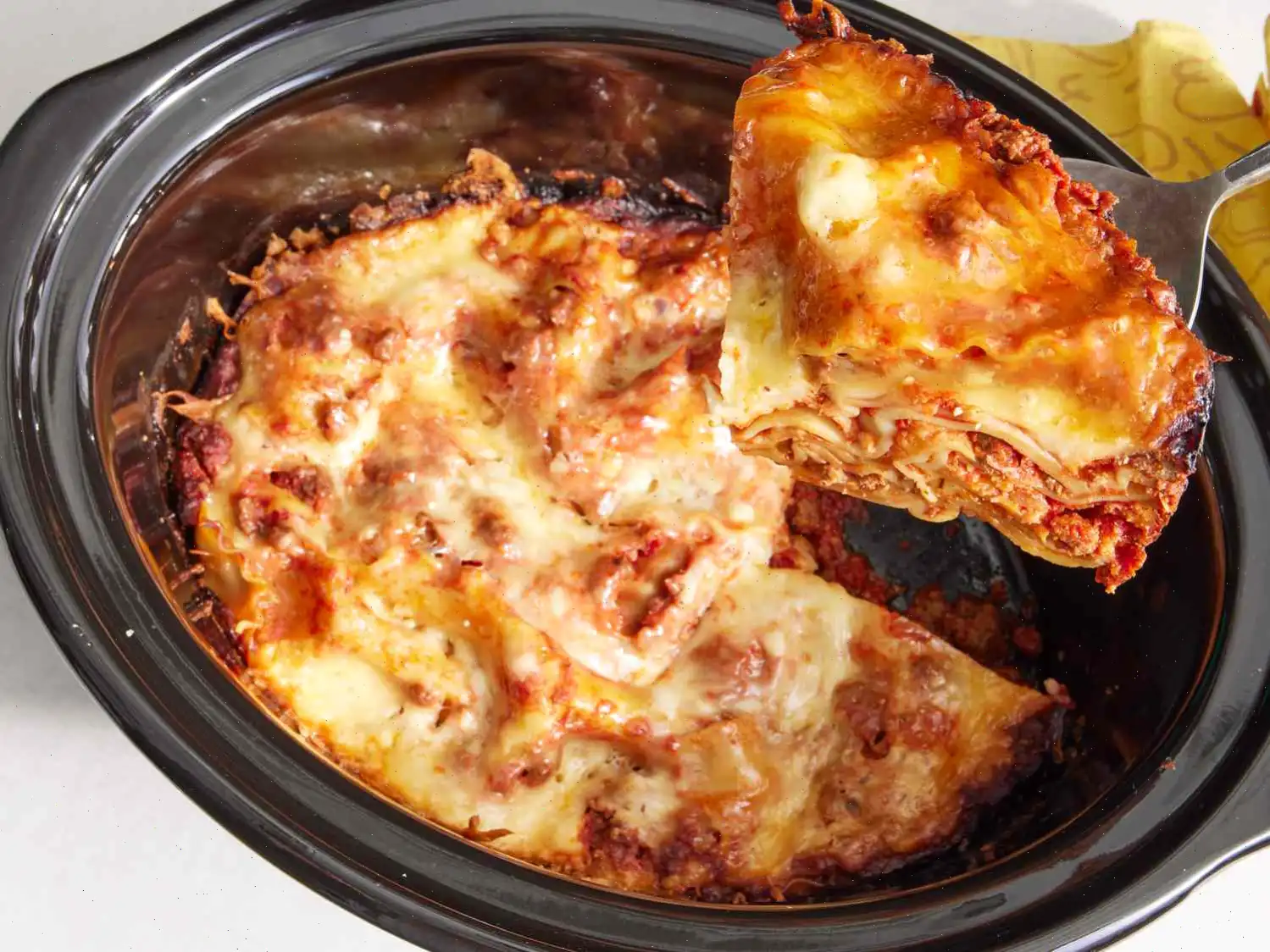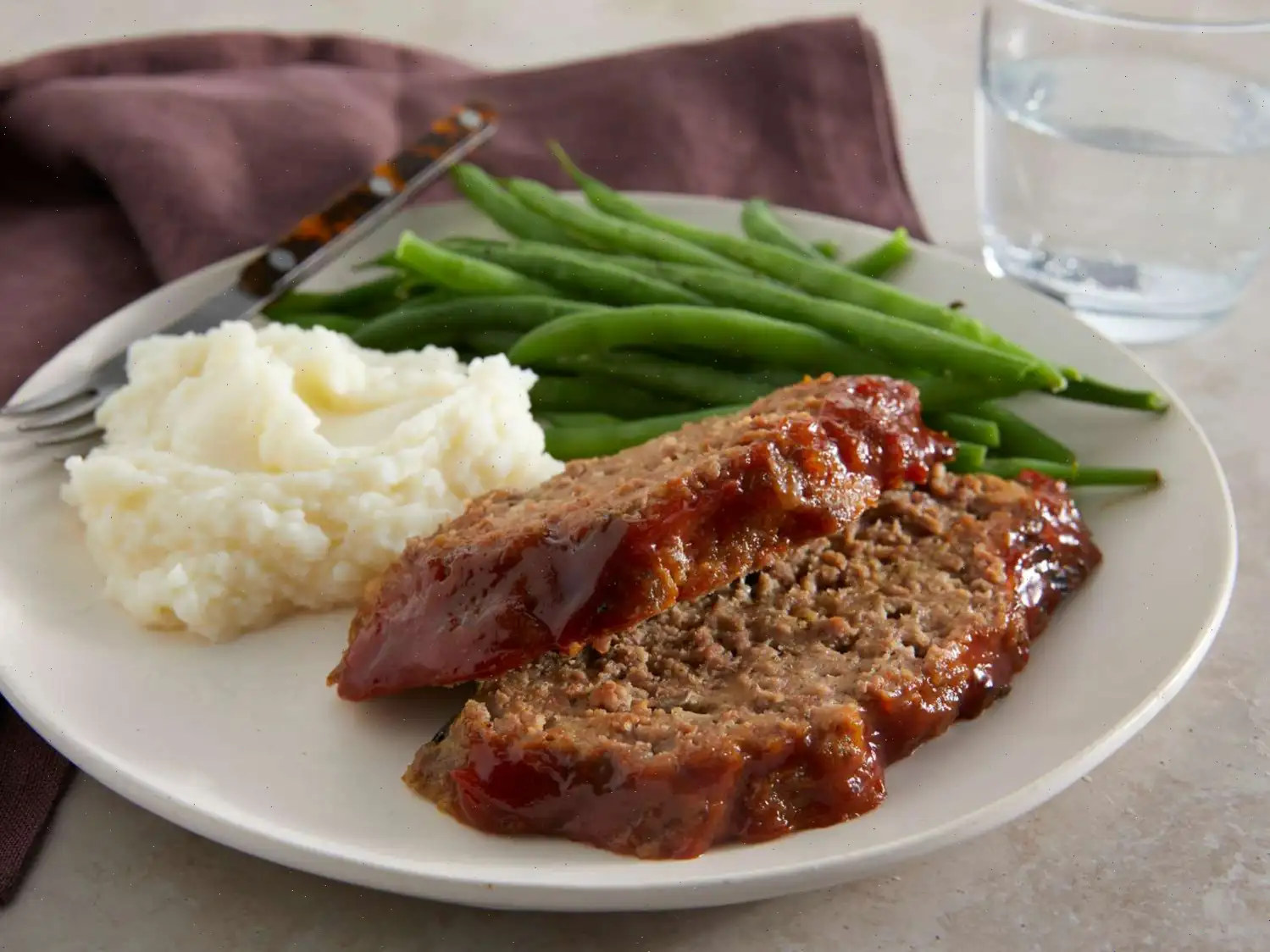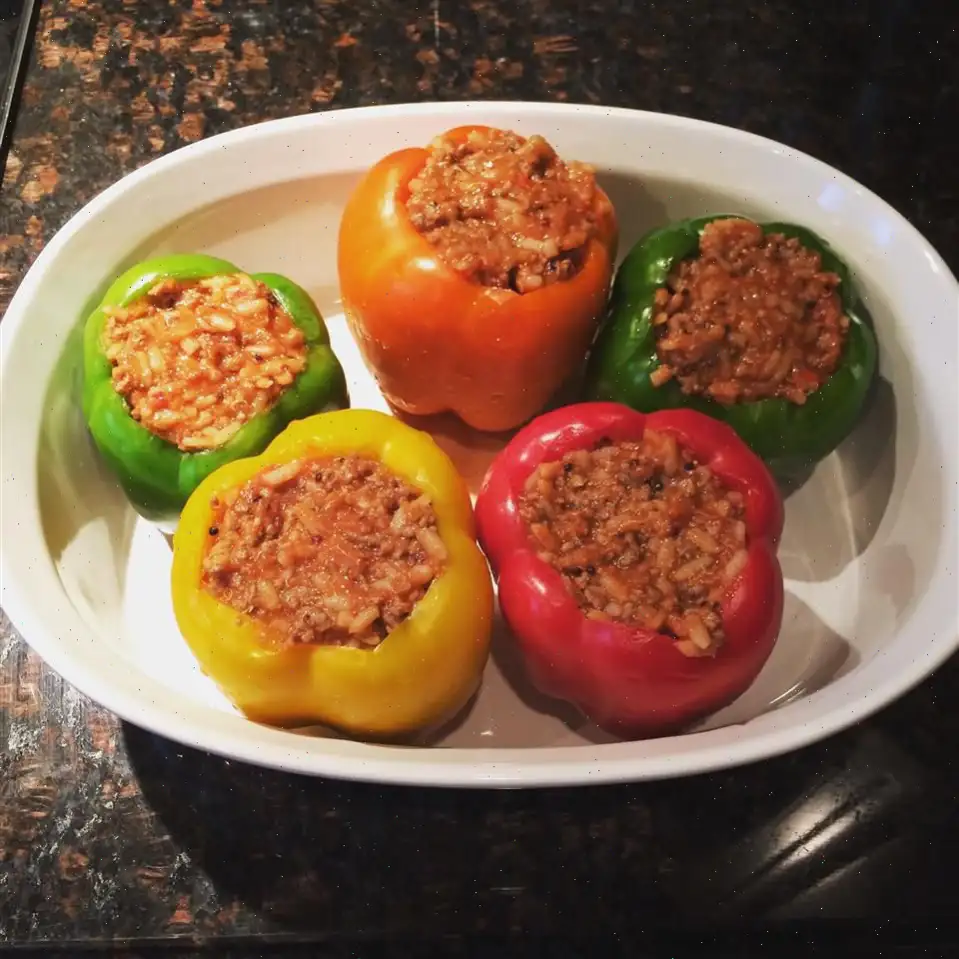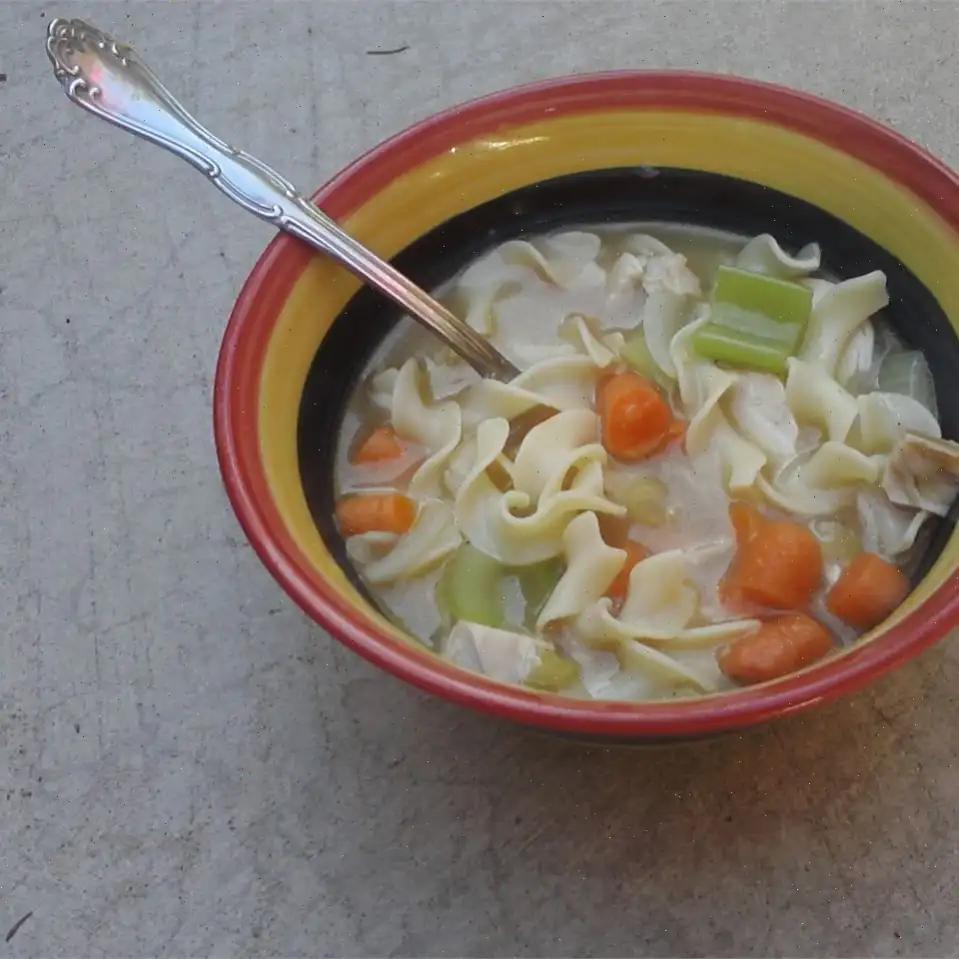
Roast Beef and Pan Gravy for Beginners Recipe
Cooking an expensive piece of meat for a large group can be intimidating, even for the most seasoned cooks. For beginners, especially if its for a special occasion, it can be downright terrifying. To ease the stress, we'll use a more affordable cut of meat. When cooked properly using this simple method, the result will be a beautifully tender and flavorful roast every time. Even if things dont go exactly as planned, youll only have to lament wasting $35 instead of $100. But don't worry that's highly unlikely. Even if the meat ends up a little more cooked than expected, youll still be in for a delicious dish. Trust me, I know this from personal experience my beef went from medium to medium-well, and yet, as they say in the roast beef business, "alls well that ends well." I hope you give this simple roast beef and mushroom pan gravy a try soon. Enjoy!
Ingredients
For Dry Brine:
- 3 teaspoons kosher salt
- 1 teaspoon ground black pepper
- 1 teaspoon granulated garlic
- 3 pounds top round beef roast (sometimes sold as "London Broil")
For Roast and Pan Gravy:
- 1 tablespoon vegetable oil
- 1 yellow onion, diced
- 3 cups torn miatake (hen-of-the-woods) mushrooms, or any mushrooms
- 1/2 teaspoon kosher salt
- 2 tablespoons melted butter
- 1 tablespoon cold butter
- 1 tablespoon all-purpose flour
- 2 tablespoons sherry vinegar or any wine vinegar
- 2 cups high quality, low-sodium beef broth
- Salt and freshly ground black pepper to taste
- 1 pinch cayenne pepper, or to taste
- 1 teaspoon freshly picked thyme leaves
Directions
Step 1: Combine 1 teaspoon of salt per pound of beef, 1 teaspoon of black pepper, and granulated garlic in a small bowl. Mix well. Place the beef on a piece of butcher paper, then apply half of the salt mixture evenly to both sides, pressing it lightly with a fork. Press the roast into any seasoning that has fallen onto the paper. Place the beef on a wire rack over a pan. Refrigerate the "dry-brined" beef, uncovered, for 24 hours, turning the meat once after 12 hours.
Step 2: Preheat the oven to 475F (245C). Heat oil in an oven-safe pan or skillet over high heat. Add the beef to the pan and sear it on both sides until nicely browned, about 3 minutes per side. If desired, sear the sides using tongs.
Step 3: Turn off the heat. Add the diced onions to the pan, arranging them wherever they fit, and top with the mushrooms. Season the vegetables with teaspoon of salt. Drizzle the melted butter over the vegetables and brush the beef with more melted butter. Roast the beef in the preheated oven for 15 minutes.
Step 4: Reduce the oven temperature to 325F (170C) and continue to roast the beef until the desired internal temperature is reached. Begin checking the temperature after 15-20 minutes. For medium-rare, an instant-read thermometer inserted into the center should read 125F (52C). For medium, the internal temperature should reach 130-135F (54-57C). The total roasting time will depend on the size of the roast.
Step 5: Once the beef has reached the desired temperature, remove it from the oven and transfer it to a plate. Cover loosely with foil and let it rest for at least 15-20 minutes before slicing.
Step 6: While the beef rests, prepare the gravy. Remove the mushrooms from the pan and keep them warm until ready to serve. Melt 1 tablespoon of cold butter in the same pan over medium-high heat. Sprinkle in the flour and cook, stirring, for about 2 minutes.
Step 7: Whisk in the vinegar and beef broth, bringing the mixture to a boil while stirring occasionally. Season with salt, black pepper, and cayenne to taste, then add the thyme leaves. Continue to boil on medium-high heat until the gravy reduces by about half and thickens slightly. If you prefer a thicker gravy, continue boiling until it reaches the desired consistency.
Step 8: Once the beef has rested, slice it thinly at a 45-degree angle. Serve the beef with mushrooms and pour the hot gravy over the top.
Chef's Notes
- This method works with any type of beef roast, but cooking times may vary depending on the size and cut of meat.
- For a slightly different flavor, you can use a splash of red wine (about cup) instead of the vinegar.
- To make a thicker gravy, double the amounts of butter and flour in the initial gravy step.
Nutrition Facts (per serving)
- Calories: 729
- Total Fat: 36g (46% Daily Value)
- Saturated Fat: 14g (72% Daily Value)
- Cholesterol: 287mg (96% Daily Value)
- Sodium: 1071mg (47% Daily Value)
- Total Carbohydrate: 8g (3% Daily Value)
- Dietary Fiber: 2g (8% Daily Value)
- Total Sugars: 3g
- Protein: 96g (192% Daily Value)
- Vitamin C: 4mg (5% Daily Value)
- Calcium: 37mg (3% Daily Value)
- Iron: 9mg (51% Daily Value)
- Potassium: 1097mg (23% Daily Value)
The History and Cultural Significance of Roast Beef and Pan Gravy
Roast beef has been a symbol of hearty, home-cooked meals for centuries, particularly in English and American cuisine. Its origins trace back to medieval England, where roasting large cuts of beef over an open flame was a common method of cooking for feasts and gatherings. The practice became deeply embedded in British culinary tradition, with Sunday roast becoming a weekly ritual that combined roasted meat with vegetables and gravy. As English settlers migrated to America, they brought these traditions with them, adapting them to local ingredients and tastes. Over time, roast beef evolved into a dish that balances simplicity with richness, exemplifying the comforting, indulgent nature of traditional home cooking.
Regional Variations
While roast beef is enjoyed worldwide, regional adaptations have introduced unique flavors and techniques. In the United Kingdom, the meat is often served with horseradish or mint sauces, accompanied by roasted potatoes and Yorkshire pudding. In the United States, pan gravy is a defining element, commonly enriched with onions, mushrooms, and a splash of vinegar or wine to enhance the natural beef flavors. In Australia and New Zealand, roast beef may be paired with local vegetables such as pumpkin and carrots, reflecting the regions agricultural influences. These regional touches demonstrate how a single dish can take on distinct identities depending on local preferences and traditions.
Distinguishing Features
Roast beef and pan gravy differ from similar dishes like pot roast or beef stew primarily in cooking technique and presentation. Unlike slow-cooked pot roasts, which rely on long braising in liquid, roast beef is typically dry-roasted at high heat to preserve the meats natural juices and achieve a tender texture. Pan gravy, made from the drippings of the roast, adds depth without overwhelming the meat, creating a rich, savory complement that distinguishes this dish from stews or meatloaf. The careful balance of searing, roasting, and resting ensures a flavor profile that is both robust and nuanced.
Where Its Commonly Served
Roast beef with pan gravy is a staple of formal and informal meals alike. It is traditionally featured in Sunday family dinners, holiday feasts, and celebratory gatherings. Restaurants specializing in comfort foods, pubs, and fine dining establishments often include roast beef as a centerpiece on menus, served with mashed potatoes, roasted vegetables, and of course, a generous pour of pan gravy. Its versatility makes it suitable for both casual home meals and elegant dining experiences, appealing to a wide range of palates.
Interesting Facts
- Roast beef earned the nickname the nations dish in the United Kingdom due to its long-standing association with British identity.
- The technique of making pan gravy from drippings is centuries old and was originally developed as a way to maximize flavor and avoid waste in the kitchen.
- Top-round beef, often used for beginner-friendly recipes, is a lean cut that becomes tender when cooked carefully, making it ideal for learning roasting techniques.
- Some modern variations incorporate mushrooms, wine, or fresh herbs like thyme, reflecting contemporary preferences while maintaining the classic essence of the dish.
- Roast beef has inspired idiomatic expressions, such as the British term roast beef of Old England, symbolizing national pride and tradition.
Overall, roast beef and pan gravy offer a culinary experience that blends history, technique, and comfort. The dishs enduring popularity lies in its ability to transform a simple cut of beef into a tender, flavorful centerpiece that celebrates both tradition and home-style cooking.
FAQ about Roast Beef and Pan Gravy for Beginners Recipe
Comments
PhilKimbo
10/06/2025 01:52:54 PM
I made this today and it was wonderful. Did my dry brine yesterday with slight adjustment - only did half a teaspoon of black pepper and garlic powder, then added half a teaspoon of onion powder, and a quarter teaspoon of both celery salt and cayenne. Due to the time I did it yesterday, it was in the fridge for around 21 hours. I then took it out of the fridge for an hour before starting. I took it out of the oven at 129F, which I figured was close enough to medium, and it was THE best roast joint that I have ever done. I have always been a fan of slow cooker roasts, and I will likely still use that technique at times when it is easier for me on the day, but this will be Plan A from now on. Oh and I had to make two on-the-fly substitutions: 1) I forgot to pick up mushrooms so threw some brussels sprouts in instead. They were great! 2) I also didn't realise I had run out of butter, so just used olive oil over the beef and sprouts; again, it tasted great. This was only for two people so plenty of leftovers for the next few days, so I am already excited for my next few dinners!
ValerieVAB
12/26/2023 05:20:54 PM
I love chef John but the cooking temperature and times are way off. I think 475 for 15 minus started the “well done” over cooked meat. I did the 24 hour dry brine, and used 2 packages of baby Bella mushrooms and dried thyme pinched between my fingers. I give the gravy and mushrooms 5 stars and the well done chewy meat 1 or 2 stars. I don’t think this is for beginners either.
MintTaco8368
01/15/2025 12:54:40 AM
I’ve never made roast beef before and my in-laws would make it with a mushroom gravy that I would love. I’m fairly certain they just would use a can of campbells mushroom soup for their gravy lol. I wanted to try something more homemade and this recipe gave me really the base to get started. I skipped the brine part, seasoned my beef just as instructed and followed the cooking instructions. Mine came out med-med rare. I checked it frequently to make sure I didn’t overcook it. The 15 min at the 475 did not overcook the meat at all. As for the gravy I went off script. I did use the juice from the meat, the onions and mushrooms but added beef broth to scrap the bits along with Marsala wine. Then added some Worcestershire sauce, gravy master and some heavy cream. I thickened the gravy a little bit by mixing broth and flour and mixing it with the pan drippings. Added some fresh parsley and the whole meal with some mashed potatoes knocked it out of the park.
Cooking Pepe
12/09/2023 08:21:12 PM
This recipe is phenomenal! A saver for sure! I already had beef stew meat defrosting and was looking for beef recipes and came across this one. It was easy and flavorful! My husband loved it and kept complimenting me every time he had a serving. You can get creative with this recipe. In fact I used the pan gravy portion of it today to complement ground beef for shepherd’s pie. Try it!
Eric Adams
04/27/2024 07:55:05 AM
Bro, I officially feel like a kitchen legend.
Jeanne Flowers
12/04/2023 02:13:18 AM
Great! This was my mother's recipe (time, temp) for cooking wonderful roast beef, except she skipped the seasonings and gravy. I accidently skipped the vinegar, and only dry brined for 3 hours, but it turned out well anyway. I used BTB & water for broth, and did not add salt. It cooked VERY quickly. Moist, tender, flavorful. Thanks for the recipe.


